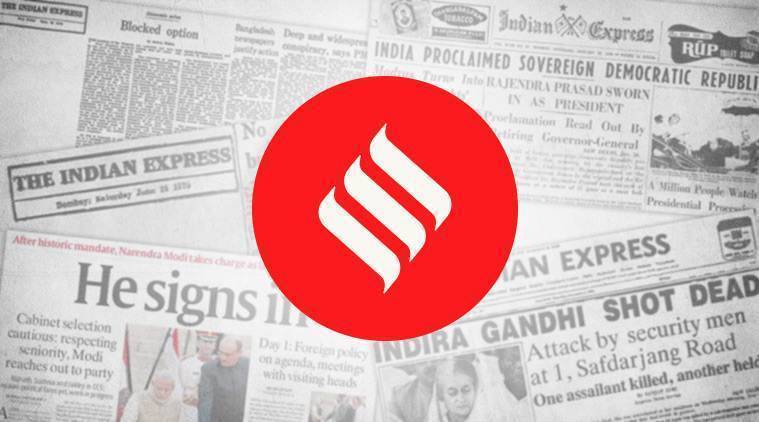 That 319 districts, more than half the districts in the country — green zones — have not had a single COVID-19 case in three weeks does testify to the success of the lockdown from a healthcare standpoint. A further 284 districts do not have a high caseload, the orange zones.
That 319 districts, more than half the districts in the country — green zones — have not had a single COVID-19 case in three weeks does testify to the success of the lockdown from a healthcare standpoint. A further 284 districts do not have a high caseload, the orange zones.
On May 1, the Union home ministry extended the nationwide lockdown — scheduled to end on May 3 — by two weeks. The third phase of the lockdown will, however, be less stringent than that experienced by the country in the past 40 days. In 603 of the 733 districts, designated green and orange zones, markets other than malls can re-open, factories and industrial units can resume operations, self-employed people such as domestic helps and barbers can go back to work, and e-commerce in non-essential items can recommence. But the fine print of the relaxation measures has left several states dissatisfied. Their grouse largely pertains to the red zones, the 130 districts which have been deemed as COVID-19 hotspots and therefore, placed under the maximum restrictions stipulated in the home ministry’s directive. Punjab Chief Minister, Amarinder Singh, for instance, has contended that several areas that have no COVID-19 cases, Nabha for example, have found themselves ineligible for relaxations because they happen to be located in red zone districts. The West Bengal government has also termed the Centre’s assessment of such zones in the state as “erroneous”. And Delhi Chief Minister Arvind Kejriwal has argued against designating entire districts as red zones — only the containment zones, areas with a high caseload in hot spot districts, should be subject to strident restrictions, he said.
That 319 districts, more than half the districts in the country — green zones — have not had a single COVID-19 case in three weeks does testify to the success of the lockdown from a healthcare standpoint. A further 284 districts do not have a high caseload, the orange zones. However, epidemiologists have consistently emphasised that lockdowns do not frame the endgame in the battle against the virus. Hotspots can change, the infection can recede from some areas and spread to new ones. Kejriwal, too, underscored the need to view the pandemic from such a dynamic perspective when he said that “what is a green zone today can turn red”. The Centre does allow states to re-designate green zones as orange and red zones. It also allows them the freedom to classify red areas as orange zones. But it does not give them the flexibility to relax the lockdown in areas within the hotspot districts. The Delhi CM underlined the limitations of this approach when he asked: “If a district has 50 villages and 40 cases emerge in one, why should the entire district be declared a red zone?”
States and local authorities dealing with the infection at ground level are the best placed to understand its spatial vagaries. It’s, therefore, imperative that they have a say in drawing the boundaries of the areas that have to be opened up. The details of the red, orange, green zone scheme need constant review and revision from such a perspective.